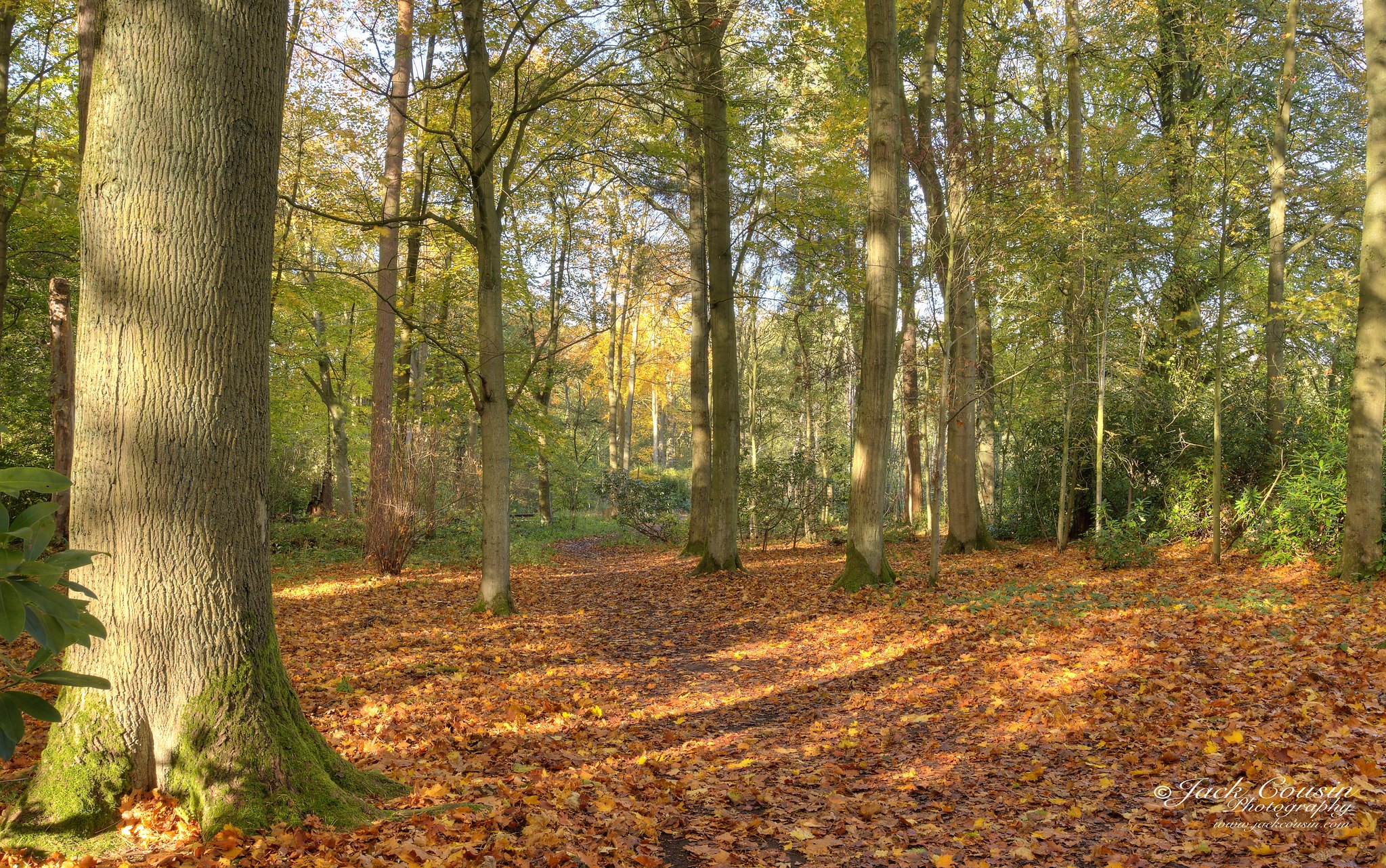 The Telegraph reports summer is officially over, the Royal Horticultural Society has said, as autumn colours are being seen in their gardens and apples are ripe two weeks early. Many have noticed amber-hued leaves falling from the trees in the last weeks of summer, and the temperature has dropped from the giddy heights of the heatwave.
The Telegraph reports summer is officially over, the Royal Horticultural Society has said, as autumn colours are being seen in their gardens and apples are ripe two weeks early. Many have noticed amber-hued leaves falling from the trees in the last weeks of summer, and the temperature has dropped from the giddy heights of the heatwave.
The early spring heat gave many types of fruit, including greengages and apples, a head start to the growing season, meaning that harvests have come early. Trees and shrubs are turning their leaves as they have been confused and stressed by the recent erratic weather, causing them to prepare for autumn earlier.
Photo by Jack Cousins under creative commons.

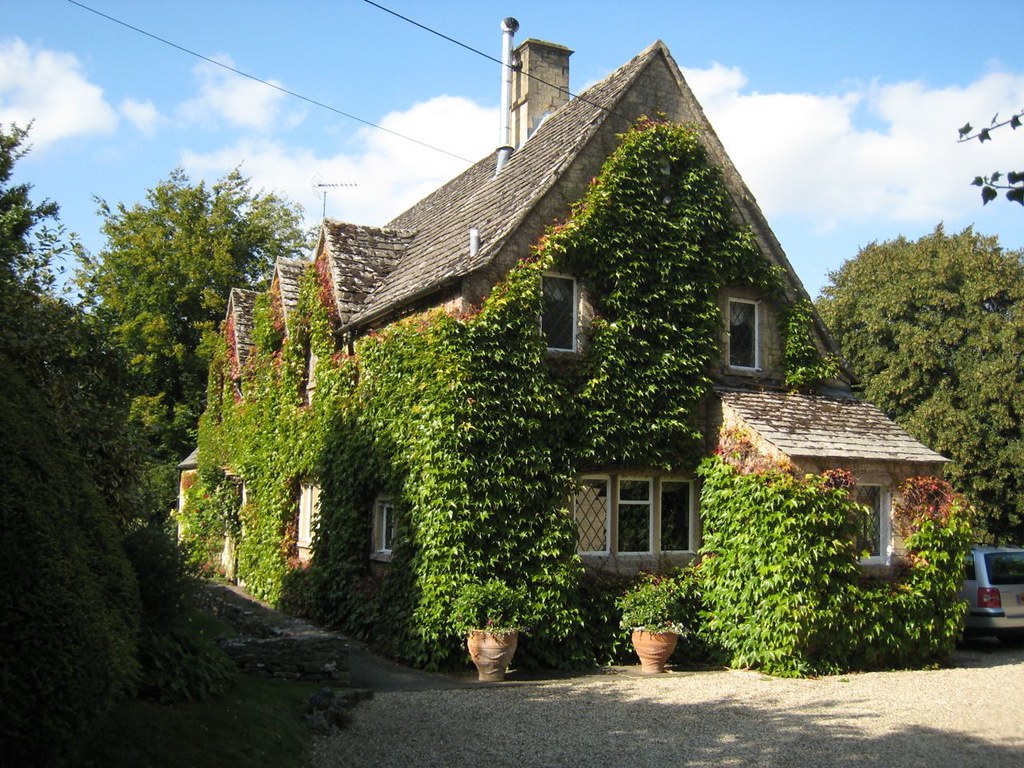
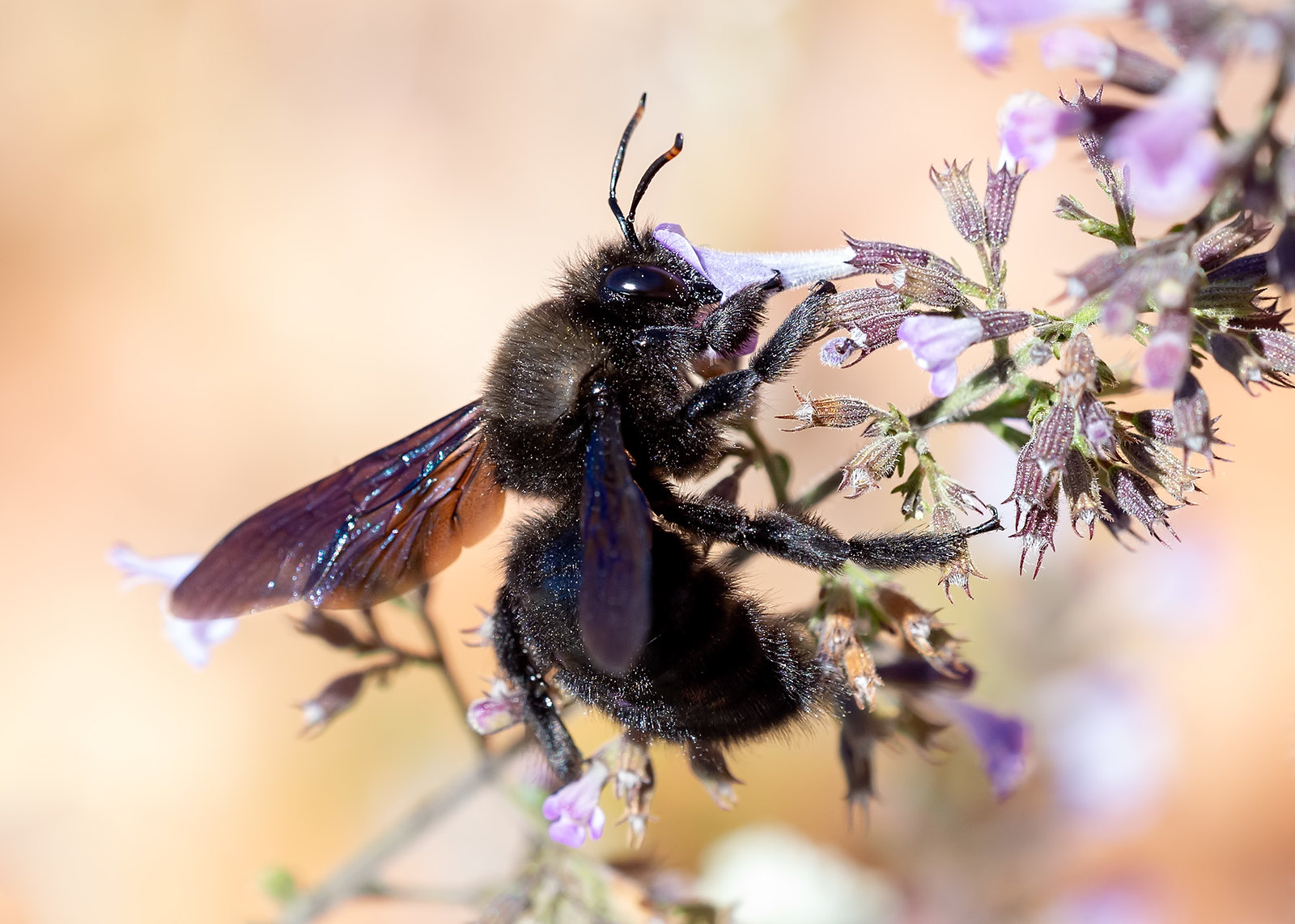 In late August, the adults emerge from a dead tree trunk or other old wood where they have spent the larval stage. After mating in late April or May, female bees bore holes in rotten wood and lay eggs in separate chambers, each one sealed in with a store of pollen so the emerging larvae can have a good start in life.
In late August, the adults emerge from a dead tree trunk or other old wood where they have spent the larval stage. After mating in late April or May, female bees bore holes in rotten wood and lay eggs in separate chambers, each one sealed in with a store of pollen so the emerging larvae can have a good start in life. 
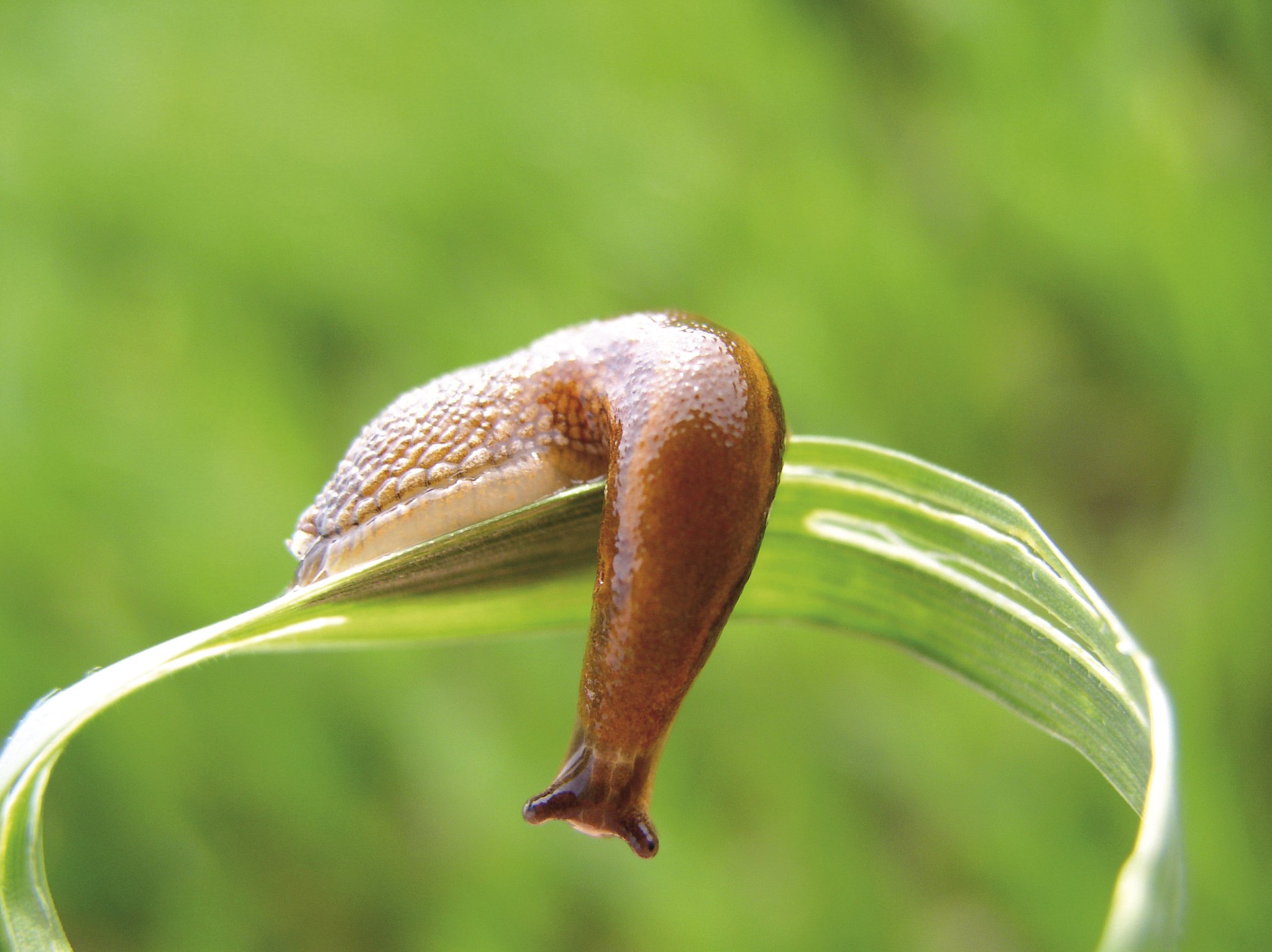
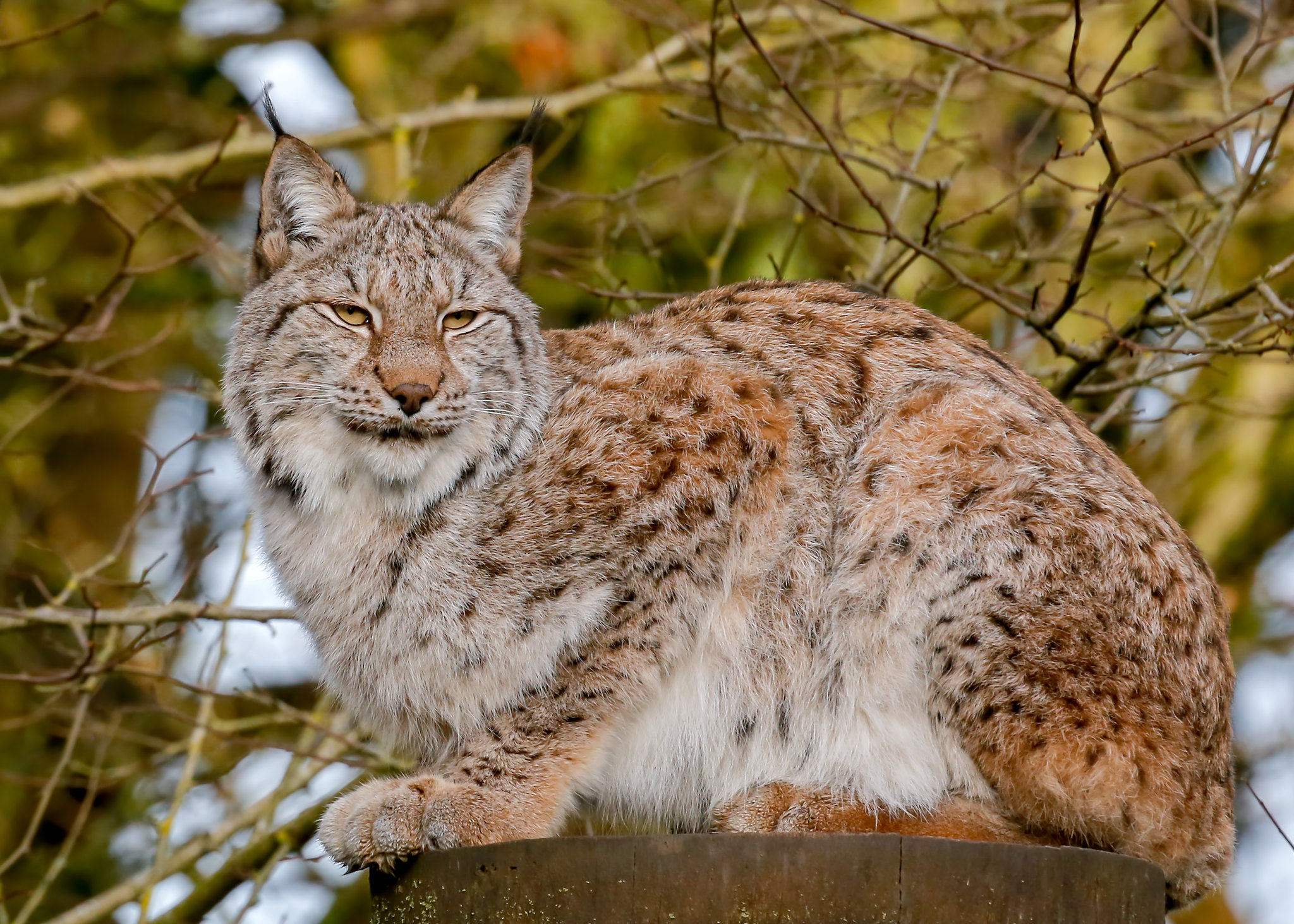
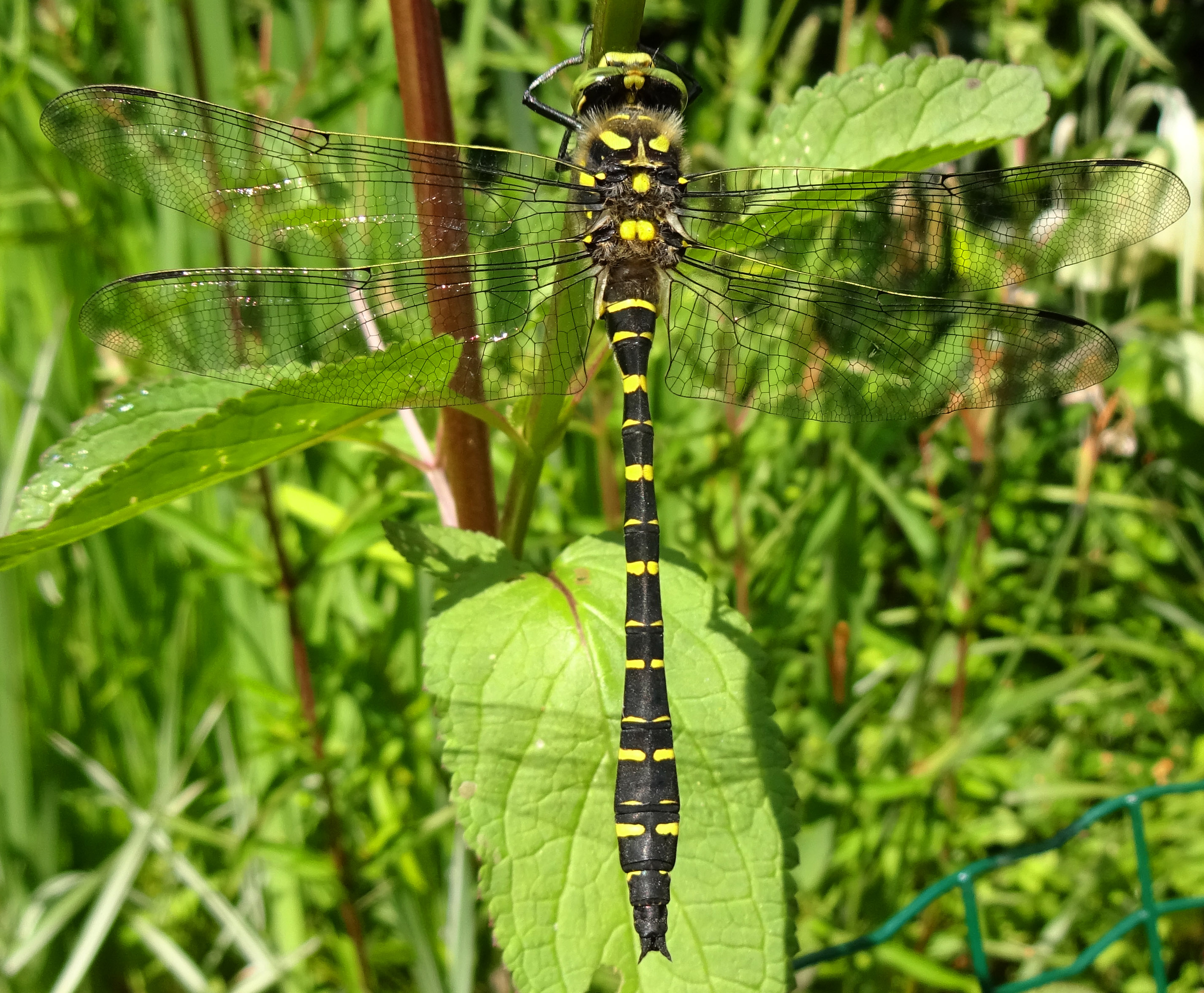 The
The